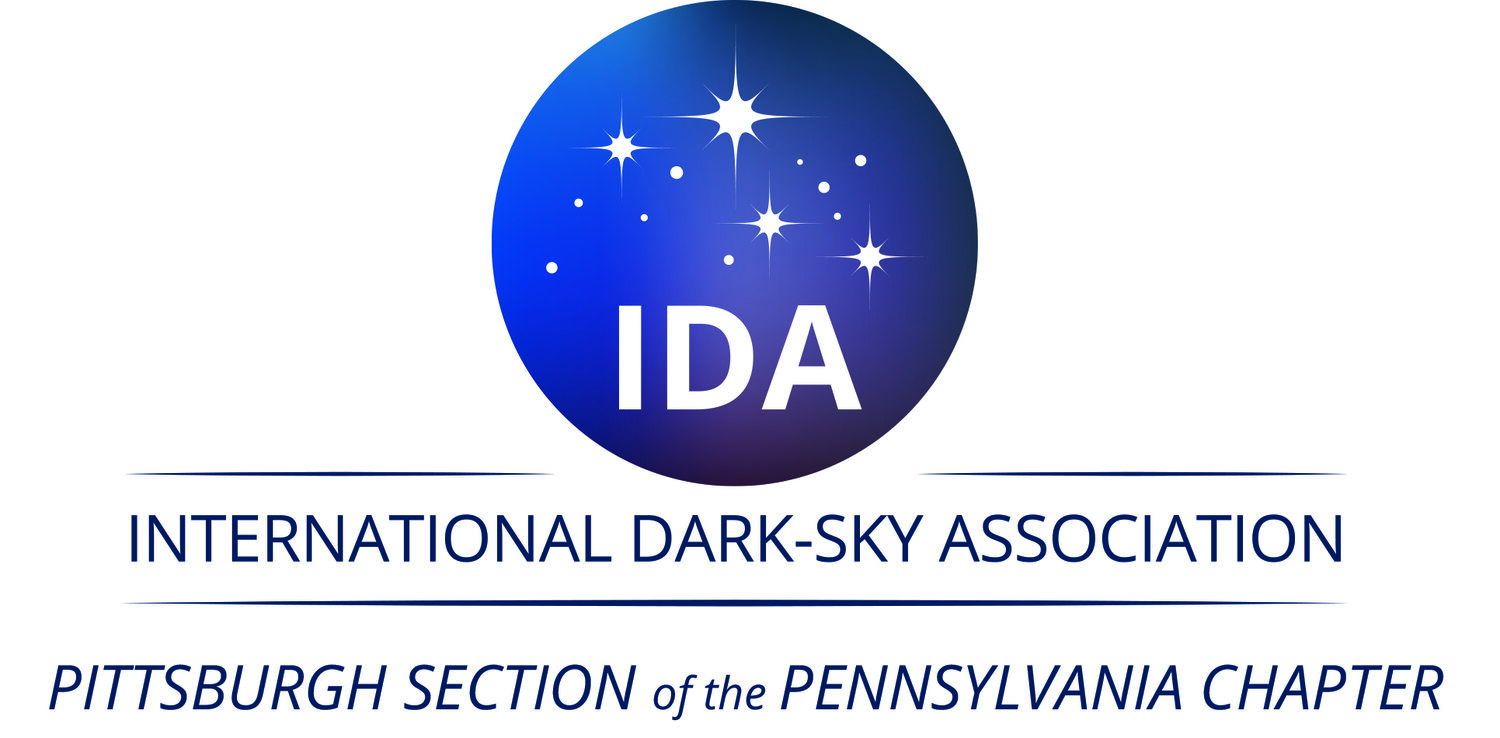Light Pollution under the Lens: An Interview with Steven Miller
by Esper Chao
Today I spoke with Steven Miller on Zoom. Steven is a professional photographer and dark sky advocate of the International Dark Sky Association (IDA). He started out as a photographer, then later experienced his first dark sky while on a trip to Maine. Since then, he has been fascinated with photographing the night sky.
Steven told me, “In the 200 years, we have taught ourselves not to look up at the night sky.” I myself am guilty of this, as are many other people I’m sure. It’s hard to blame us, really. I would have little idea of what a completely dark sky looks like without photographs like those taken by Steven.
During our interview, Steven talked about ways to improve urban lighting, giving examples from his hometown of Orlando, FL. Shielding lights was an important consideration. He also talked about the process he goes through to take his stunning dark sky photos.
“If your eyes are adjusted to the bright light under the gas station, would you be able to see a creepy guy running towards you from the dark?”
Image by Steven Miller
Although I admittedly already knew a lot of the information he gave me about light pollution, I enjoyed listening to his enthusiasm for bringing back our dark skies. He showed me that you don’t need to have deep scientific knowledge to have an appreciation of dark skies. Steven screenshared with me PowerPoints that he had used at previous IDA events. He showed examples of poorly-designed and well-designed light fixtures.
Since Steven lives in a highly urbanized area, he does not focus his activism on the dark skies themselves, but rather on better urban lighting practices that can both reduce light pollution and improve public safety.
According to Steven, the IDA is “not asking us to turn off all lights,” but rather, use lighting in a responsible way that reduces light pollution. To leave a parking lot completely dark, although it improves the dark sky, would obviously be “irresponsible.” However, he emphasized multiple times that nighttime spaces can also be lit too brightly. For example, he noted drivers who forget to turn on their headlights when exiting an over-lit parking lot, which could lead to more automobile accidents. He also used an example of the glare from a brightly lit gas station: “If your eyes are adjusted to the bright light under the gas station, would you be able to see a creepy guy running towards you from the dark?”
One of the first things Steven showed me during the interview was a framed longexposure dark sky photo from Kissimmee Prairie State Park, the nearest dark sky site to Orlando.
It was his first dark sky photo.
I was particularly amazed by the amount of effort he put in to take his dark sky photos. First, he can only go out during the new moon. High humidity can also reduce visibility of stars. He has to stay up all through the night in an isolated campsite to take photos, sleeping until noon or 2 pm the next day. The camera exposure must also last 20 to 30 seconds—if there are humans in the picture, such as a wedding couple, they must stay still the whole time.
One thing that struck me was how the long exposures emphasized the impact of light pollution on the night sky. In his photo at Kissimmee Prairie State Park, the light coming from a single rest stop formed a large band of orange glow across the horizon. At the extreme, a longexposure photo of a downtown area is a complete whitewash, the entire sky obscured by Skyglow.
These long-exposure photos give a graphic representation of how significant the impact of light pollution is on wildlife and human health. With the naked eye, we can’t really “see” how artificial light drowns out the night sky. We just see a blank sky. But in Steven’s long-exposure photos, we can clearly see the orange glow on the horizon, drowning out the stars. (Or blue glow, in the case of some LEDs.)
What if our naked eye saw light pollution in the same way Steven Miller’s camera lens sees it? Would we as humans be more committed to stopping light pollution?

